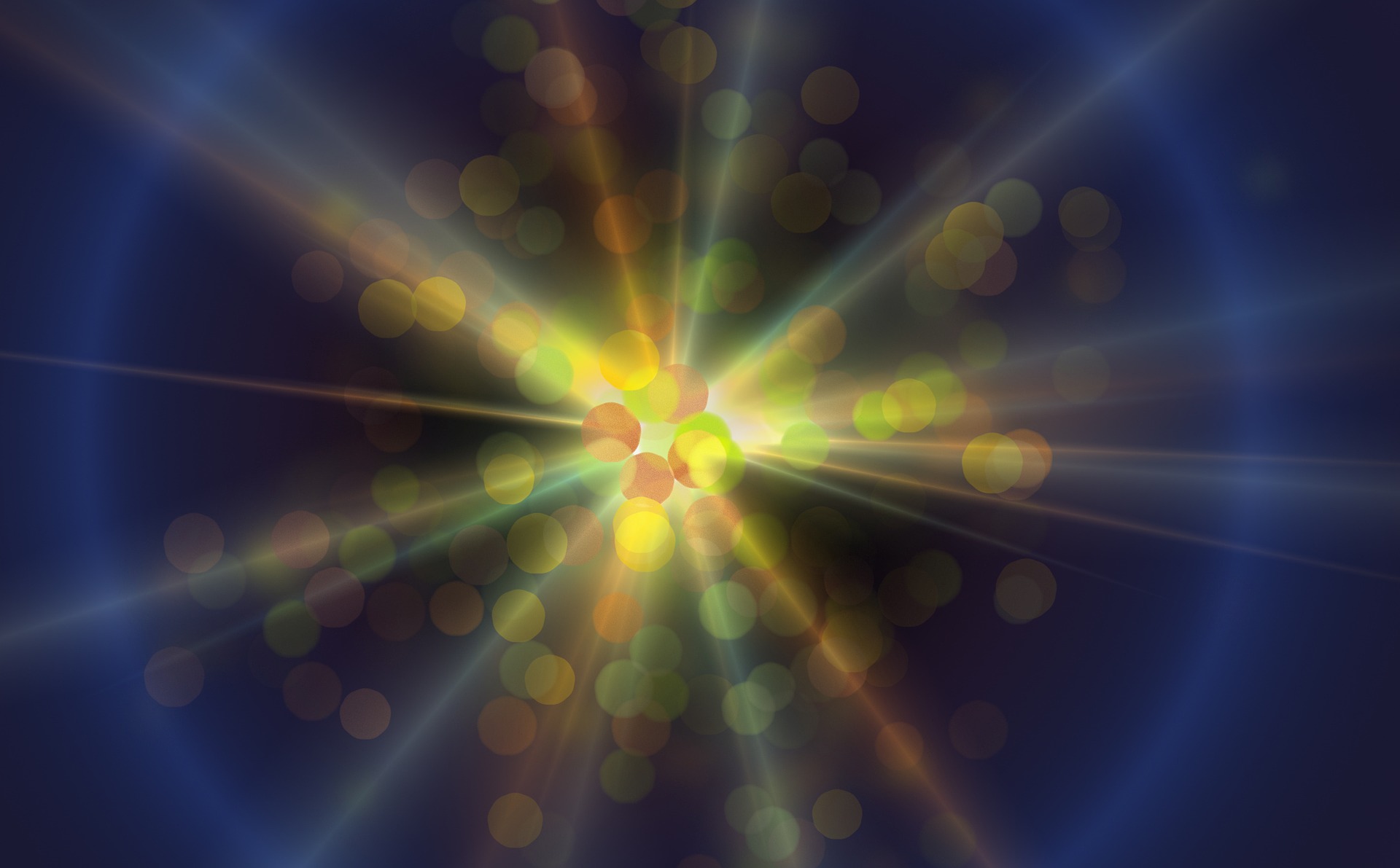Physicists Have Discovered that the Human Visual System can Process Ghost Imaging
With all the commotion of AI being able to out compete humans in potentially any possible problems, many have been calling out for brain-computer interfaces. These concerns may be being addressed as brain-computer interface industry has been seeing some interesting progress. Just this month, one of Elon Musk’s companies, Neuralink, has confirmed the ability to download information to the brain from a computer directly from a computer is possible with Neural Lace technology. But as promising as all that is, the human body is still proving it has hidden potentials for us to exploit. Physicists at Heriot -Watt University in Scotland have demonstrated that the human eye can process ghost images that was previously only done by computer calculations.
Ghost imaging is a curious process of creating or processing an object without directly observing the object. The process starts with splitting a beam of light into two. The photons that are being split goes from being a high energy photon to a pair of low energy photons.
One beam of photons is directed to an object and the other will be directed to a multi-pixel light detector that senses the light. There is also a second light detector placed behind the object that is specially designed to only detect a single pixel of light. This single pixel detector picks up on photons to pass right through the object.
So when a photon is transmitted at the object, it’s photon pair will have information about it. This is due to the phenomenon of quantum entanglement. This means the photon pair can create images without actually being from the object.
The only problem is, these images that it creates are not only unclear but look like seemingly random cluster of pixels. But repeating this process by shining different patterns of light to the object creates data that can be analyzed by a computer to find a correlation. This correlation produces an image of the object.
But recent findings have found that ghost imaging can also be done without quantum physics. Photons that reflect off the object into the single pixel detector sometimes come off as a criss-crossed pattern. The light parts of the criss-cross shows greater intensity of light and dark parts are low intensity. Overlapping these results create a shadow image, without directly interacting with the object but all through classical physics.
In addition, this image calculation can be done without a computer but the human eye. Alessandro Boccolini at the Heriot-Watt University test this by having human subjects watch the aforementioned patterns in quick succession. He found that when the patterns shown at a slow rate, the human eye only sees random set of pixels. But when it was sped up to 20 kilohertz, all of the test subjects could see the object.
The fact that the light or photons that interacted with the object is not the same photons of the patterns that the human eye saw has interesting implications. Boccolini proposed that this has the potential of widening that light spectrum that humans can see. We could potentially send photons outside of the current visible light spectrum, such as infrared or ultraviolet, to an object and the pair photons could produce a pattern readable by the human eye.
Original article: https://arxiv.org/abs/1808.05137


